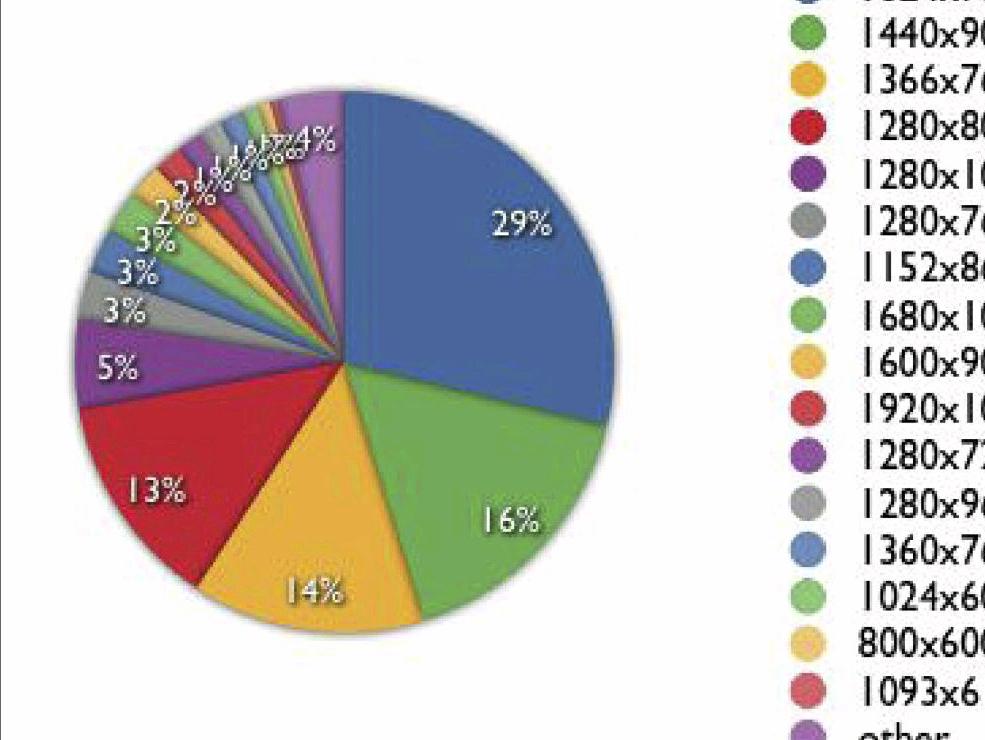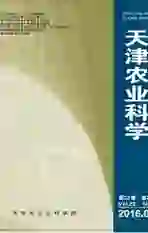板栗壳原花青素的稳定性及抗氧化活性
2016-02-22张乐王赵改陈丽娟杨慧王晓
张乐++王赵改++陈丽娟++杨慧++王晓敏++史冠莹++梁万平



摘 要:为充分利用板栗壳资源,对板栗壳中的原花青素进行提取,并对其稳定性及抗氧化进行研究。工艺条件为:0.5%Na2CO3和1.5%NaHSO3的水溶液以1∶8的料液比,在沸水条件下,浸提板栗壳2 h,然后减压回收溶剂,过大孔树脂AB-8进行纯化,提取板栗壳中原花青素。研究光照、温度、金属离子、氧化还原剂和食品添加剂对板栗壳原花青素稳定性的影响,以及板栗壳原花青素提取物的抗氧化活性。结果表明,板栗壳中原花青素得率为5.95%。板栗壳原花青素对光不稳定,宜避光低温保藏;温度高于60 ℃时,稳定性受到影响;氧化剂、还原剂和苯甲酸钠对其稳定性有影响;板栗原花青素在 Na+、K+、Mg2+和 Al3+存在时较稳定,而受Ca2+、Fe2+和Cu2+影响较大。抗氧化试验表明,板栗壳原花青素的还原能力及对羟基自由基、DPPH·均表现出较强的清除效果。
关键词:板栗壳;原花青素;稳定性;抗氧化性
中图分类号:TQ914.1 文献标识码:A DOI 编码:10.3969/j.issn.1006-6500.2016.02.002
Stability and Antioxidant Activity of Chestnut Shell Proanthocyanidins
ZHANG Le, WANG Zhaogai, CHEN Lijuan, YANG Hui, WANG Xiaomin, SHI Guanying, LIANG Wanping
(Institute of Agricultural Products Processing, Henan Academy of Agricultural Sciences, Zhengzhou, Henan 450008, China)
Abstract:In order to make full use of chestnut shell resources, the procyanidins in chestnut shell was extracted and the stability and antioxidant activity were studied. The procyanidins was extracted under the process conditions:material liquid ratio was 1∶8 under the condition of boiling water for 2 h and extract solution was mixed by 0.5% sodium carbonate aqueous solution and 1.5% sodium bisulfite aqueous solution, then extracting solution was concentrated and purified by AB-8 macroporous resin. The effect of light, temperature, metalion, oxidizing and reducing agents and food additives on the stability of proanthocyanidins was studied and the valuation of antioxidant activity was determined. The results showed that the yield rate of proanthocyanidins from chestnut shell was 5.95%. Proanthocyanidins was susceptible to light, and storage condition should avoid light. The stability was destroyed when the temperature was above 60 ℃. Oxidizing and reducing agents and sodium benzoate affected its stability, iron such as Na+, K+, Mg2+ and Al3+ had little effect on its stability, while the effect of Ca2+, Fe2+ and Cu2+ was larger. Antioxidant experiment indicated that proanthocyanidins experimented stronger antioxidant activity in reducing power, scavenging hydroxyl and DPPH assays.
Key words:chestnut shell; proanthocyanidins; stability; antioxidant activity
板栗(Castanea mollissima Blume)也称为栗子、中国板栗,原产我国,已有3 000余年栽培历史,也是我国传统的农副产品,年产量超过100万t,产量居世界首位[1]。板栗生产和加工过程中产生10%左右的板栗壳,主要以燃烧及废物方式丢弃,仅有少量用以制备活性炭,利用价值较低[2]。板栗壳中含有大量的纤维素、酚类、鞣质以及色素物质[3],因此,如何充分利用加工生产中产生的大量板栗壳,创造更多的经济效益就显得很有意义。
板栗壳中原花青素,其主要由儿茶素,或其衍生物棓儿茶素等黄烷醇单体以C—C键连接而成,是具有多种生理活性的黄烷醇类多酚化合物,具有抗氧化活性和清除自由基、保护心血管、抗肿瘤、抗辐射、抗疲劳、皮肤保健及美容等功效[4-6]。目前关于板栗壳原花青素的提取多采用有机试剂进行,张海晖等[2]采用乙醇提取板栗壳原花青素,但因料液比较高,消耗有机溶剂量大,试剂回收劳财费力。据报道亚硫酸盐和碳酸钠盐水溶液可以有效地提取原花青素,主要是通过在原花青素的黄酮单体的吡喃C环中引入亚硫酸离子来提高原花青素的溶解性[2,7]。关于板栗壳原花青素稳定性及抗氧化活性的研究较少。鉴于此,在前期以0.5%的碳酸钠和1.5%的亚硫酸氢钠溶液提取板栗壳原花青素工艺研究的基础上,本试验主要研究板栗壳原花青素稳定性及抗氧化活性,以期充分提高板栗壳原花青素的实用价值,减少资源浪费。
